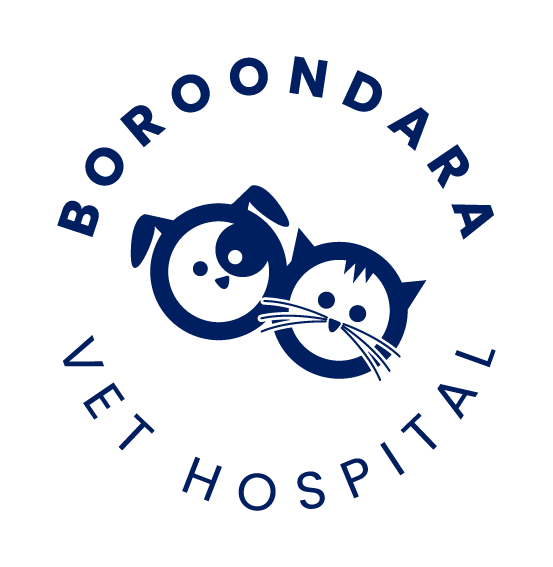Library
-
Parathyroid tumours in dogs include non-cancerous cysts, formed before birth. Enlarged parathyroid glands due to cell overgrowth (hyperplasia) may be secondary to chronic kidney disease and unbalanced nutrition.
-
Canine parvovirus (CPV) infection is a relatively new disease that first appeared in 1978. Because of the severity of the disease and its rapid spread through the canine population, CPV has aroused a great deal of public interest.
-
The so-called periodontum is the structure surrounding the tooth which includes the gum, the alveolar bone and the periodontal ligament. These structures can become diseased and unable to support the tooth which itself may be healthy.
-
False pregnancy, phantom pregnancy, pseudo-pregnancy or pseudocyesis can be defined as a display of maternal behaviour together with the physical signs of pregnancy following oestrus (heat) in a non-pregnant bitch.
-
A pharyngostomy tube is a small flexible tube that passes via an incision in the skin at the side of the neck, just behind the jaw bone, to enter the pharynx. These tubes are useful in cases when the dog temporarily is unable to eat but still retains the ability to swallow. The liquid food is syringed through the tube three to five times a day depending on the individual circumstances.
-
Most pituitary tumours are benign (and a few are non-cancerous cysts) but because of their location, they still produce serious adverse effects as they enlarge and they are rarely curable.
-
Within a few hours of a meal an invisible layer of bacteria forms on the teeth. This is plaque. Within 24 hours this starts to harden, absorb minerals and becomes dental calculus or tartar.
-
Plasmacytomas in the skin are usually solitary benign tumours that grow rapidly but rarely recur after surgical removal. Malignant tumours are very rare.
-
Pedal eczema, interdigital cysts and pododermatitis are all terms used to describe a condition of varying severity which causes lameness and discomfort in dogs.
-
When a portosystemic shunt (PSS) is present blood in the portal vein effectively bypasses the liver, i.e it is shunted straight into the caudal vena cava, a major vein returning blood to the heart.

